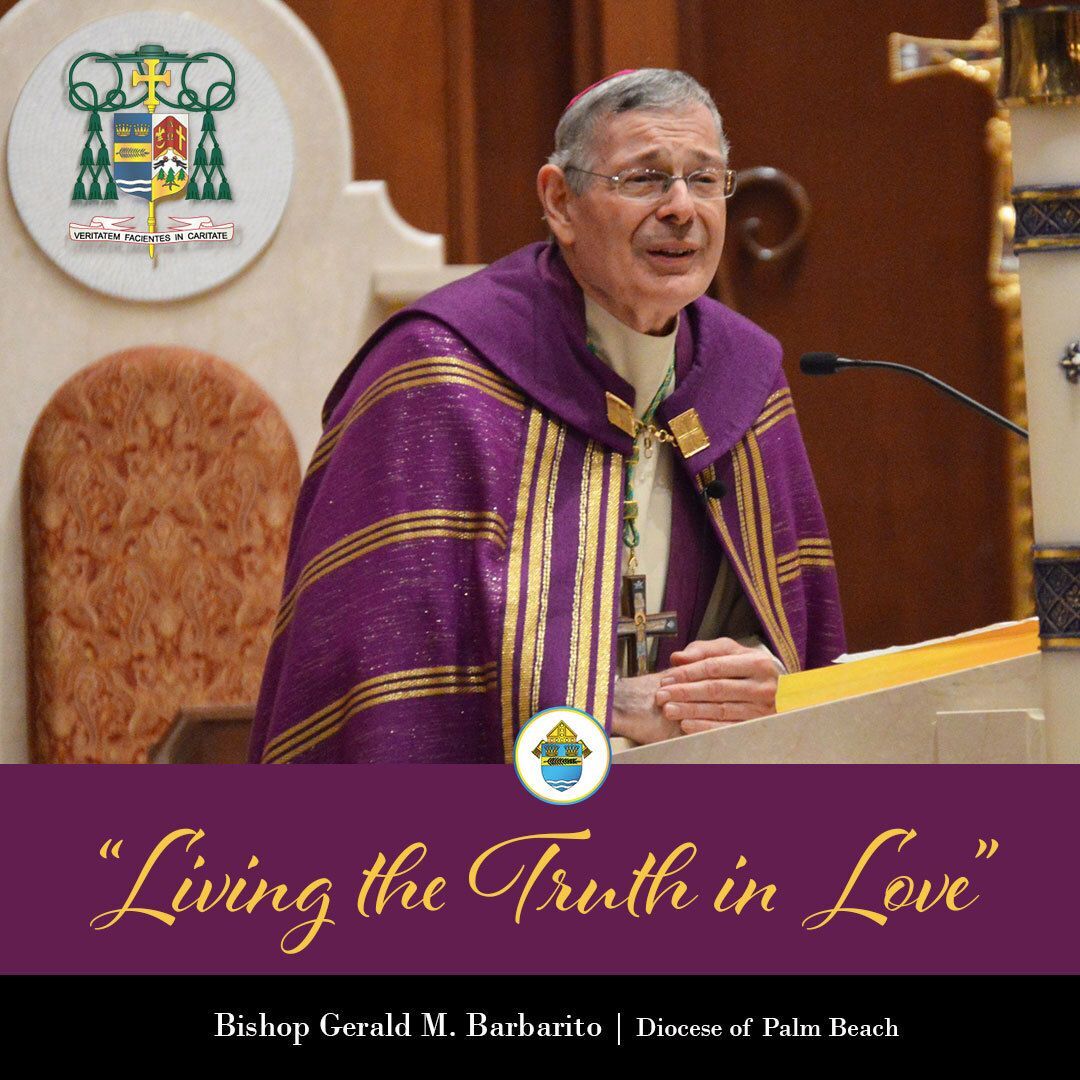
This year is the 800th anniversary of the first Christmas crèche, which was brought into existence by St. Francis of Assisi in a cave of Greccio, Italy, some 60 miles north of Rome, on Christmas Eve of 1223. Paintings of the Nativity of Christ in art were common before the original crèche, dating to the fourth century. However, inspired by his visit to Bethlehem, St. Francis was intent on creating a living Nativity scene, not a work of art, and chose the setting of Greccio because its caves reminded him of the landscape of Bethlehem. He received permission from Pope Honorius III to set up a manger scene with hay and two live animals, an ox and a donkey.
To the first crèche scene on Christmas Eve, 1223, were invited St. Francis’ brother Franciscans, the townspeople and a Franciscan priest who celebrated Mass at the crèche. From this arose the tradition of the Nativity scene celebrated at Christmas, not of a depiction of art, but as the bringing together of the culture, customs and living peoples in a particular time. It is not known whether present at the crèche were the figures of Jesus, Mary and Joseph or whether any of the people played a role. What was essential to the first crèche was the faith of the people who came to enter into the setting in which Jesus was born in the presence of hay, ox and a donkey, the most simple of settings.
The historical information on the origins of the Nativity scene comes from the Life of Saint Francis of Assisi, written by St. Bonaventure. He recounts the circumstances of the occasion, but also recounts that Francis was so overcome by emotion that he could not even pronounce the name of Jesus. He also tells us that St. Francis used the hay from the scene to cure diseases of local cattle. Like the actual Nativity of Christ, it was evident that God entered into the depths of human nature in the most humble fashion, but one that transformed the lives of people.
The celebration of the 800th anniversary of St. Francis’ crèche has occasioned a new book by Pope Francis titled Christmas at the Nativity. It includes many of his homilies and talks regarding the Nativity and also a forward by the pope on the occasion of the anniversary. The crèche scene set up for the Vatican this year reflects the spirit of the original Nativity scene 800 years ago. The figures of Jesus, Mary and Joseph are surrounded by hay, the donkey and the mule. Also present are figures of St. Francis, other Franciscans, notable people in the creation of the Nativity scene this year and the priest celebrating Mass as he did on the original scene. The crèche incorporates the living faith of St. Francis and those who came to the scene in a manner that inspires devotion to the Nativity. We bring our lives and all in which we are involved to the Birth of Christ, not only to adore Him born as a humble infant, but also to appreciate what caused Francis to cry, that the Son of God has become one of us and takes everything of ourselves to Him. The people and circumstances of our lives, both the good and not so good, are where we encounter the Lord and where He reveals Himself to us in His embrace.
One of the living aspects of the Nativity scene of St. Francis set up at the Vatican this year is the presence of the priest celebrating the Eucharist. This celebration actually took place on Christmas Eve at the crèche in 1223. However, it is a vivid reminder that the Eucharist and Christmas are intimately associated. The very word Christmas means “Christ’s Mass.” The Mass is truly the Birth of Christ upon the altar it is celebrated. Jesus became flesh of the Virgin Mary and He becomes flesh in the Eucharist. Christ continues to dwell among us in the Eucharist so that we might know God’s glory revealed on that first Christmas and His enduring mercy and love. God’s love is most fully experienced in the Eucharist when God again gives His Son, who gives His life in order that we might have life.
The Mass and the Birth of Christ are also intimately associated because of their simplicity. We approach the crèche in faith because of the wonder of God, who became present in our human nature. We can never get too comfortable with this reality, and its simplicity only enhances the mystery. The same is true of the Eucharist. The Eucharist is not an event at which we are entertained but the mystery in which we enter into the very life of Christ Himself in the most humble manner — through the transformation of simple bread and wine into His Body and Blood. St. Francis of Assisi had a great devotion to the Mass and to the Eucharist, which caused Him to cry before them just as he cried before the crèche. We need that faith within our lives as Catholics.
At this joyful time of Christmas, we live in a very troubled world with much violence and hatred present in wars and in so many other ways, even within our nation. The crèche is a reminder that the Lord is with us even in our most difficult times, and it is only He that can raise us from the hatred that wishes to envelop us in our world. The days in which Jesus was born were troubling times, too. The fact that He was crucified upon the wood of the cross as a criminal demonstrates He knew what the wood of the crèche at Bethlehem would bring Him. He was born and He died for us in order that we might have life. Christ reveals that only the power of love conquers the love of power. May the wonder of our celebration deepen our appreciation of the reality of God’s love and mercy in our lives and enable us to share that with each other as we stand as part of the crèche.
A blessed Christmas to you and to your families. May we come to a deeper appreciation of the simplicity of Christmas so that we might more deeply know the greatness of God, in the power of love, not in the love of power. Merry Christmas!
Most Reverend Gerald M. Barbarito
December 22, 2023

